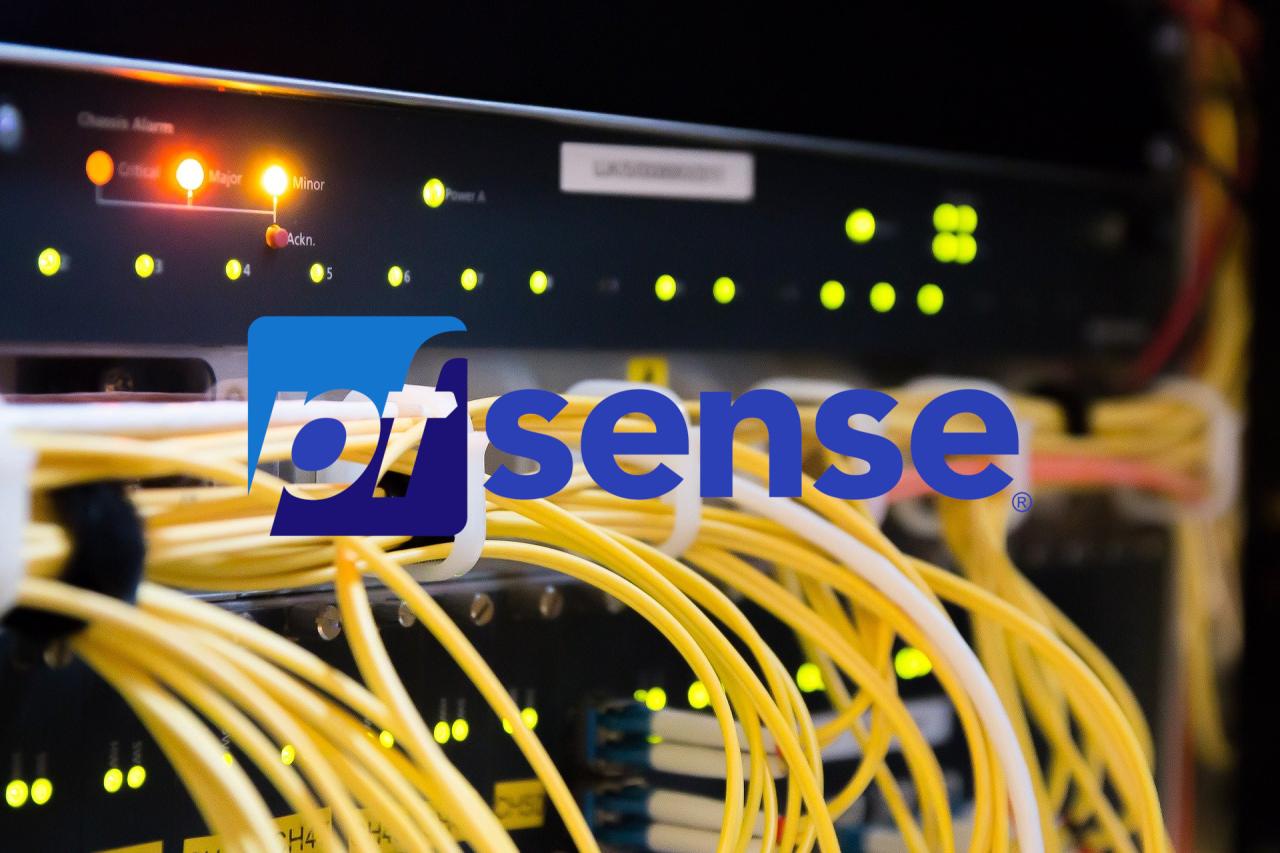In today’s interconnected world, are you truly confident in your network’s security? The threat landscape is constantly evolving, and relying solely on basic router firewalls often leaves your data vulnerable. That’s where pfSense software firewall comes in.
This powerful, open-source solution offers a robust and customizable alternative to traditional hardware firewalls, providing advanced features typically found in enterprise-grade systems but accessible to everyone. This article will delve into the world of pfSense, exploring its key functionalities, benefits, and how it can empower you to take control of your network security.
Whether you’re a small business owner, a home user with growing security concerns, or an IT professional looking for a flexible and scalable firewall solution, we’ll provide you with the knowledge to understand and potentially implement pfSense, fortifying your network against ever-present threats.
Get ready to discover how pfSense can transform your approach to network security, offering peace of mind in an increasingly complex digital world.
pfSense: Your Robust Open-Source Firewall Solution
Looking for a dependable firewall to protect your network? pfSense, an open-source firewall solution, is worth considering. It’s based on FreeBSD and offers a comprehensive set of features for safeguarding your data.
Many organizations and individuals find pfSense appealing, thanks to its flexibility and potent capabilities. It’s a strong contender in the realm of network security, offering control and customization options.
pfSense can be installed on various hardware. This includes dedicated appliances, virtual machines, and even your own repurposed computer. This gives it an advantage regarding scalability.
Unlike some commercial firewalls that limit features behind paywalls, pfSense delivers many advanced capabilities without extra fees. This means no limitations on network rules or users.
Understanding the Core Functionality of pfSense
At its core, pfSense operates as a stateful firewall. It meticulously tracks network connections. This allows it to make informed choices about allowing or blocking traffic based on pre-configured criteria.
Beyond basic firewalling, it supports Network Address Translation (NAT). NAT hides internal network addresses behind a public IP. This makes your internal network more secure from the outside world.
pfSense handles routing for diverse network segments. With this, you can create complex network topologies, directing traffic according to rules. It will become a central control point for your setup.
The software offers VPN functionalities, permitting secure remote access to your network. It’s compatible with numerous protocols, like OpenVPN and IPsec, expanding secure connection options.
Intrusion detection and prevention are important functionalities that pfSense offers. These systems actively monitor network traffic. It flags and blocks any malicious activities.
Key Features That Set pfSense Apart
The web-based interface simplifies pfSense configuration and administration. It is accessible from any device on your network and makes adjustments convenient for the user.
Traffic shaping and bandwidth management capabilities give users the power to prioritize critical network traffic. This keeps latency sensitive applications like video conferencing functioning smoothly.
pfSense shines in its capacity to function as a transparent proxy with caching capabilities. It helps to improve web browsing speed and lower bandwidth consumption.
The package manager enables you to expand pfSense’s functionality with additional features. These features include tools like Snort and Suricata for IDS/IPS.
Dynamic DNS support ensures your firewall remains accessible even with a changing IP address. This is particularly useful for remote access and hosting services at home.
Setting Up Your First pfSense Firewall: A Quick Guide
Download the appropriate pfSense image. Make sure it matches your hardware architecture from the official pfSense website, netgate.com. This step is critical for compatibility.
Create a bootable USB drive or CD using the downloaded image. Several tools exist to streamline the image creation process, such as Rufus or Etcher.
Boot your hardware appliance using the created installation media. Follow the on-screen prompts to complete the initial pfSense setup. Be sure to assign WAN and LAN interfaces during setup.
Access the pfSense web interface from a computer on your LAN. Use the IP address you configured during the setup. Login with the default credentials and begin the configuration.
Change the default password instantly for security. After that, configure basic settings such as network interfaces, firewall rules, and DNS servers.
Best Practices for Optimizing pfSense Security
Frequently update pfSense to the latest version to patch security vulnerabilities. Staying up-to-date is an essential element in safeguarding your network.
Set strong passwords for all user accounts, especially the administrative user. A difficult-to-guess password makes it harder for hackers to gain access to the system.
Implement the principle of least privilege by giving users only the necessary permissions. This limits the impact of compromised accounts and avoids extensive damage.
Carefully review and refine firewall rules, blocking all unnecessary traffic. A properly configured firewall stops unwanted network access, improving protection.
Utilize intrusion detection and prevention systems. Regularly monitor logs to catch any dubious activities and respond quickly to possible threats.
Troubleshooting Common pfSense Issues

If you encounter problems with the web interface, check the firewall logs. Review system logs for clues about the source of the issues.
Network connectivity issues might stem from incorrectly configured firewall rules. Be sure that rules permit required traffic while blocking undesirable access.
VPN connection problems often involve configuration differences between the server and client. Double check settings on both ends to ensure synchronization.
DNS resolution issues are frequently traced to incorrect DNS server settings. Test with alternate DNS servers such as Google’s public DNS (8.8.8.8) to see if it resolves the issue.
Hardware incompatibility can occasionally lead to unpredictable behavior. Check the pfSense forums or documentation for known hardware issues.